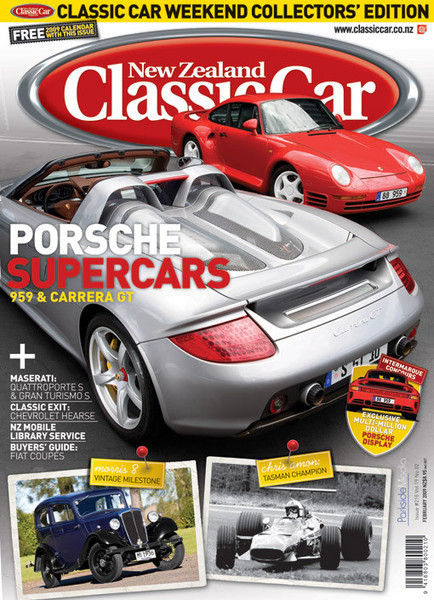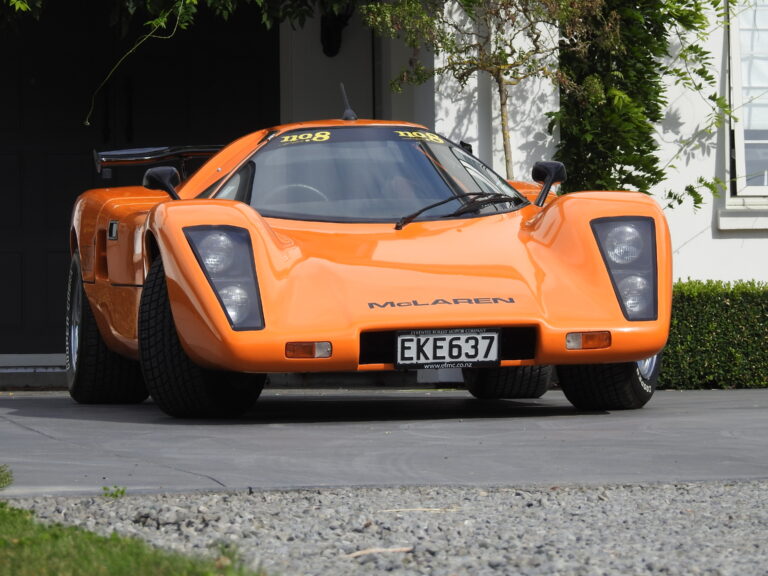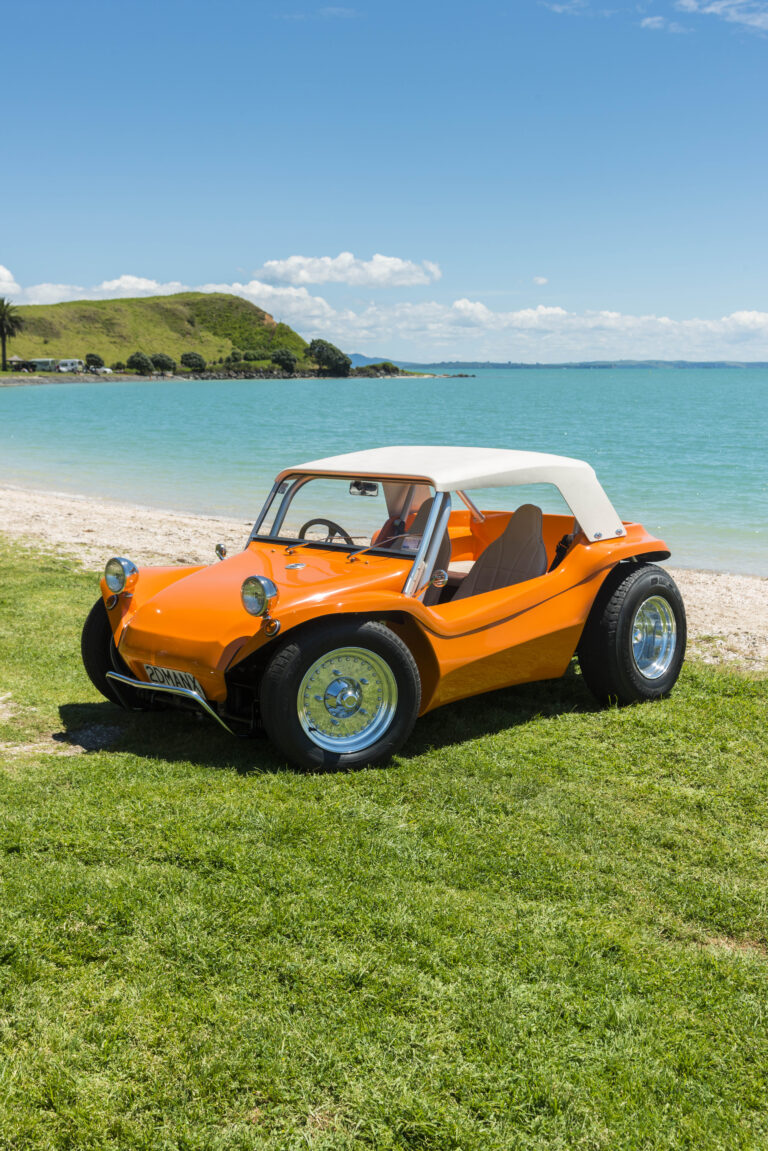
data-animation-override>
“When it’s time for your final exit — why not go in classic style?”
When Feilding funeral director William Cotton & Sons Ltd decided to think about updating its fleet of hearses, it never imagined the journey on which it was about to embark would end up such a complete success story.
With a business spanning back generations, Norman and Jeanette Cotton – together with son, Shane – thought that it would be a good idea to rejuvenate the original feeling and history of their family funeral business by offering something completely different, yet in keeping with the style, grace and reputation built over many decades by their family.
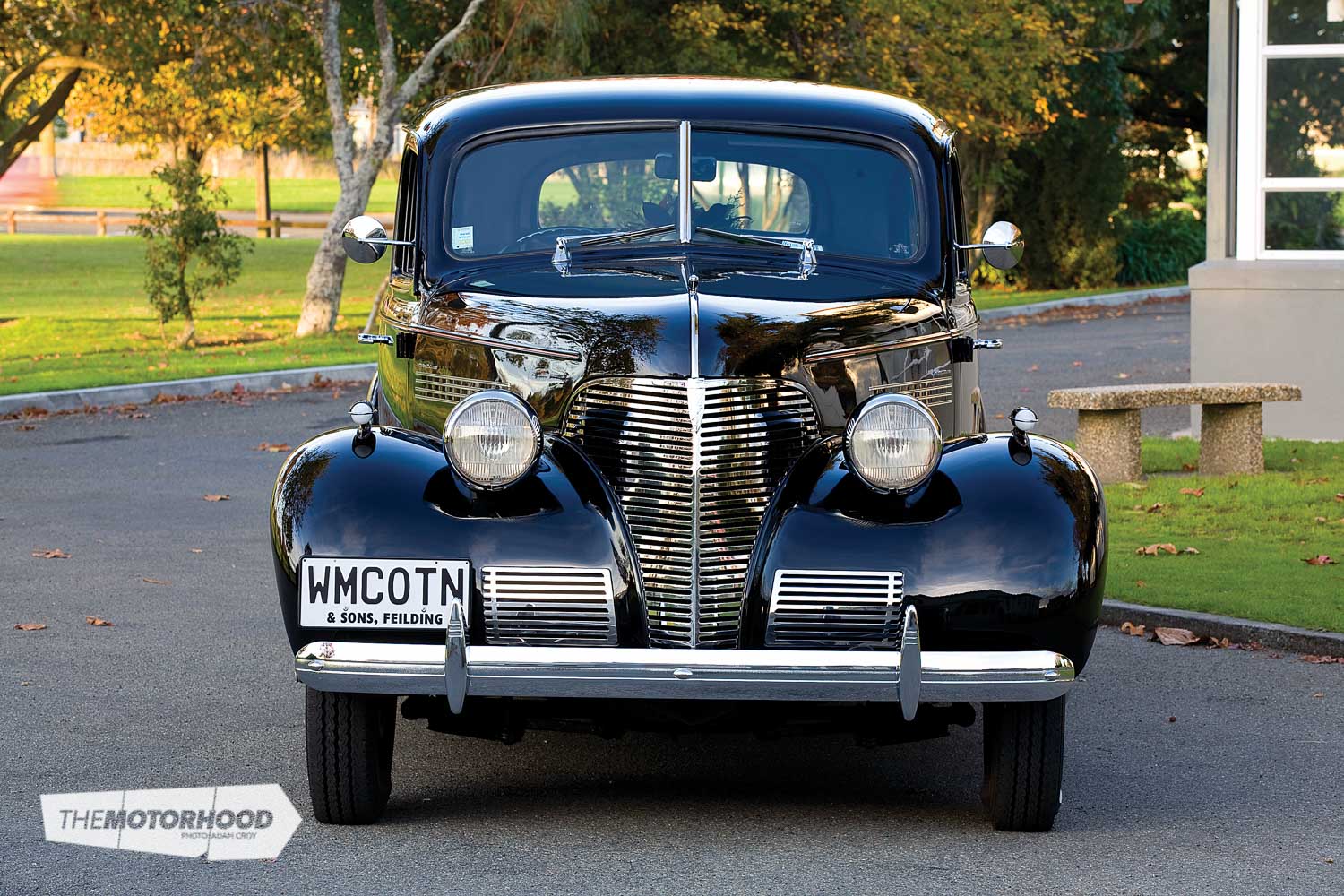
Established in 1930, this privately owned business was founded by the late William Cotton and has served the Feilding and district area ever since. With such a long history behind the company, it wasn’t surprising that in 2006, a 1939 Chevrolet Master Deluxe four-door sedan was purchased with the idea of converting it into a hearse.
Surgical procedure
Mike Baucke at The Surgery was given the task of transforming the old Chevy into an original-looking ’30s hearse. Mike Baucke is definitely no stranger to such builds, and has been self-employed and in the restoration industry since 1986, having trained as a coachbuilder straight out of school. Initially, he worked on design and fabrication of Ministry of Defence and fire crash tenders with his father. Mike follows a proud family tradition of 120 years of coachbuilding – his father, great grandfather and great uncle were also coachbuilders, and the Crown Carriage works was a family business during earlier generations.
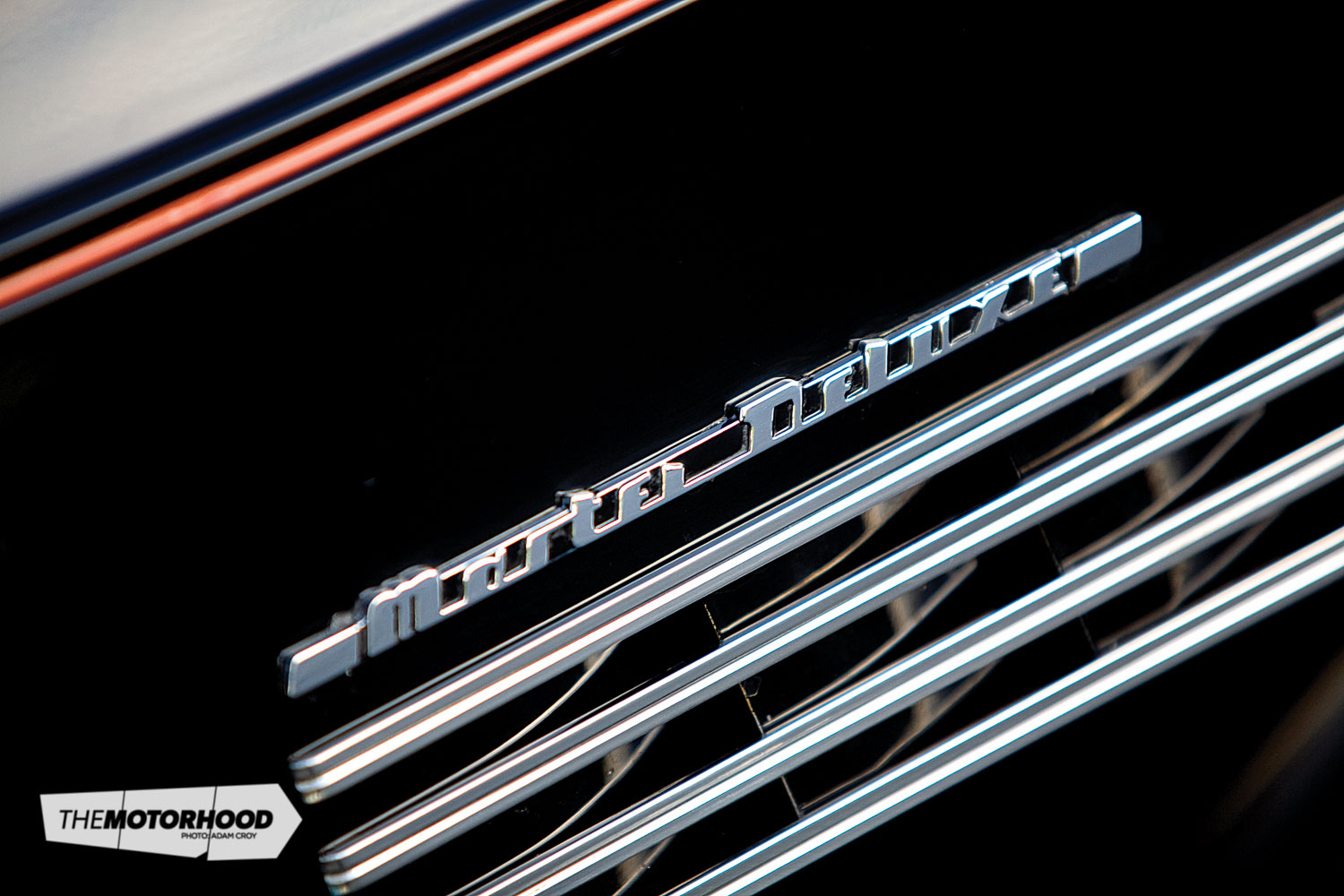
The Surgery was born when Irene van de Coolwijk (previously District Apprenticeship Commissioner) came on board as Mike’s business partner, and the company has restored countless cars over the subsequent 17 years – all handled in their large, old world-type building, rather reminiscent of a doctor’s surgery, which includes a workshop complete with period-style polished wood floors. When you realise that Mike is the third generation of highly skilled craftsmen coachbuilders, then it’s not difficult to appreciate the depth of commitment he brings to his craft, which is clearly evident in his magnificent restoration of this Chevrolet.
Mike and his foreman, Kayne Thomson, who has 14 years experience at The Surgery and the ability to “make something from nothing”, spent many hours researching period hearses, eventually designing a combination of many, mixed in with their own ideas. This hearse was not ‘born in the USA’, but born in New Zealand.
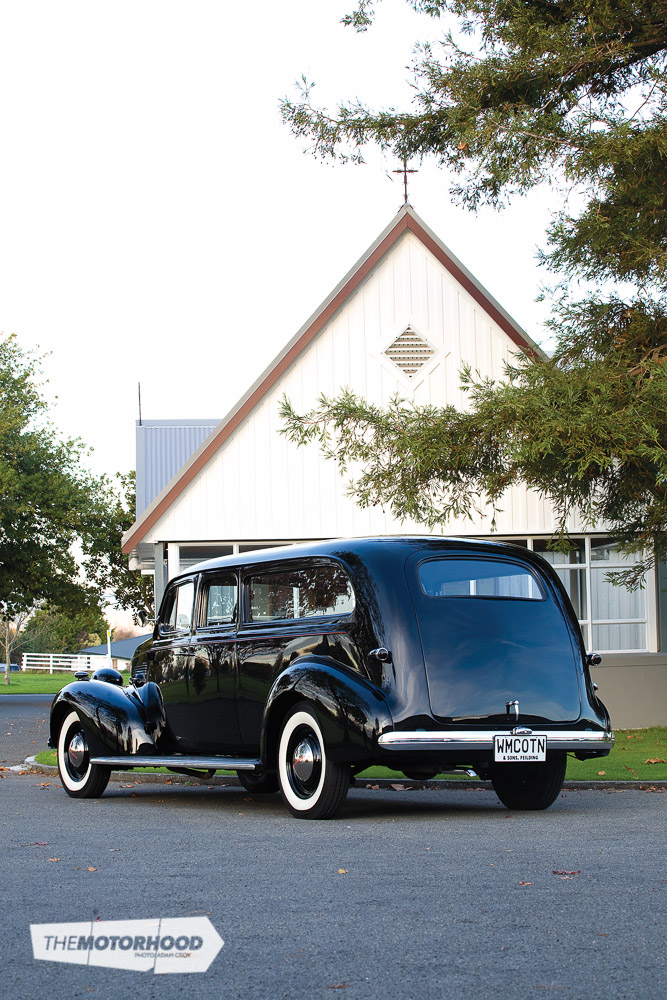
The project
As a base for the hearse project the 1939 Chevrolet was in relatively good shape, considering its age, so Mike and his team of specialist metal men proceeded by cutting the car in half and adding 800mm into the centre, then putting it back together. A complete new roof section was designed and fabricated, and they totally redesigned and fabricated of the rear body section and doors. The body width was also increased to accommodate the extra-wide rear door, which included concealed hinges, designed and modified in-house by Kayne Thomson. The side rear doors also required concealed hinges that were supplied by none other than hot rod guru, Boyd Coddington, and modified to suit.
The Surgery meticulously carried out all the design, fabrication, rust repair and paintwork, including general project management over an 18-month period. The restoration included totally stripping the car back to bare metal with a ‘do it once, do it right’ attitude, with replacement steel panels fabricated by The Surgery where rust had taken its toll.
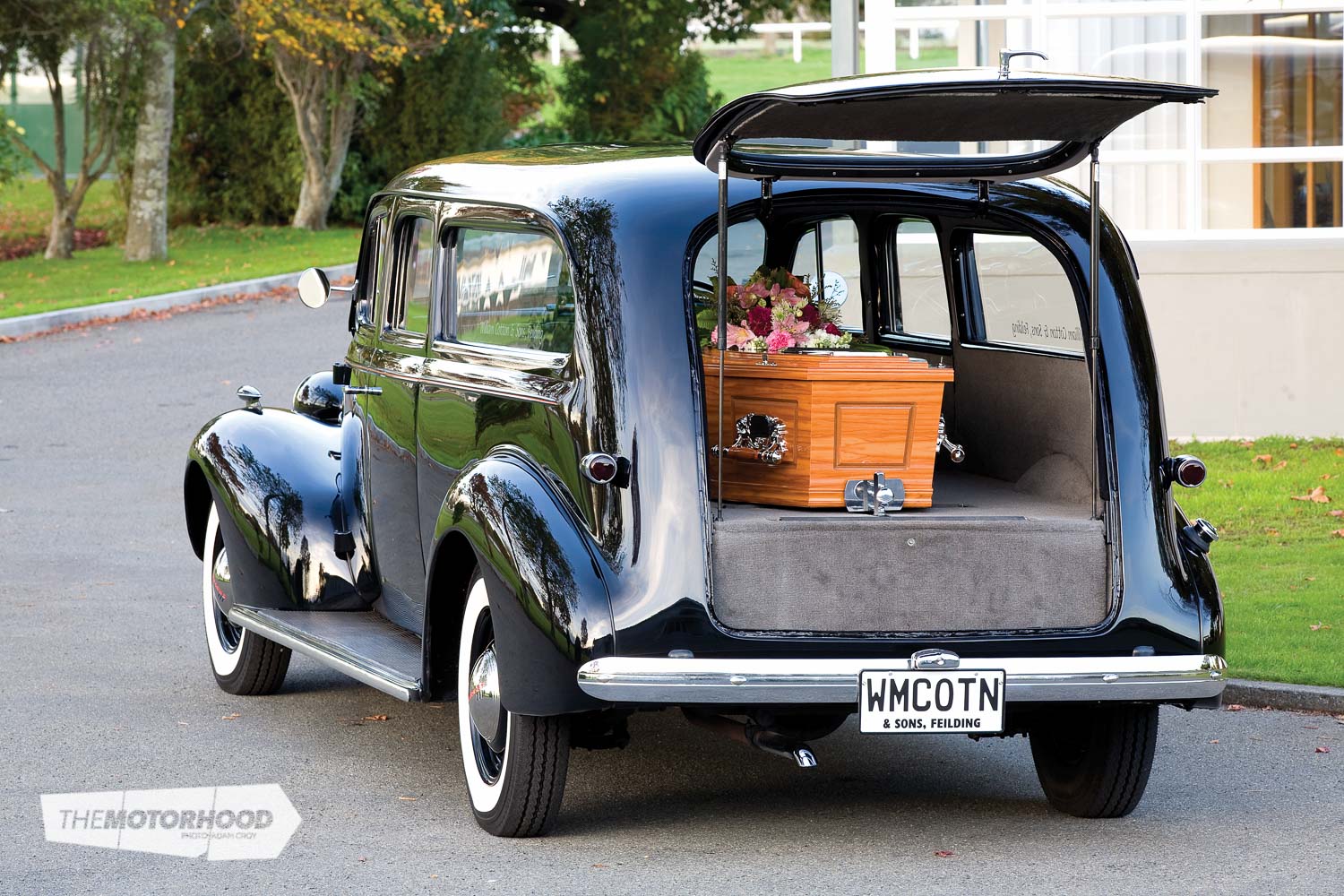
Another crucial challenge was Shane Cotton’s request to keep the long side lower edge of each side window perfectly level with the top edge of the casket, so that the flowers on top of the casket were the prominent feature from the outside, not the casket itself. The rear deck height was another crucial design factor, so that one person could easily load and unload the vehicle, which had to retain its original look. Underneath the casket area, Mike built in huge storage spaces suitable for umbrellas, bags and flowers.
Shane Cotton sourced a lot of the exterior chrome mouldings, door handles and trim himself directly from a US supplier, and when the hearse was completed he sent that supplier a photograph of the finished vehicle – which impressed it so much that it included an image of the Chevrolet in its worldwide parts catalogue, which naturally made Shane rather proud.
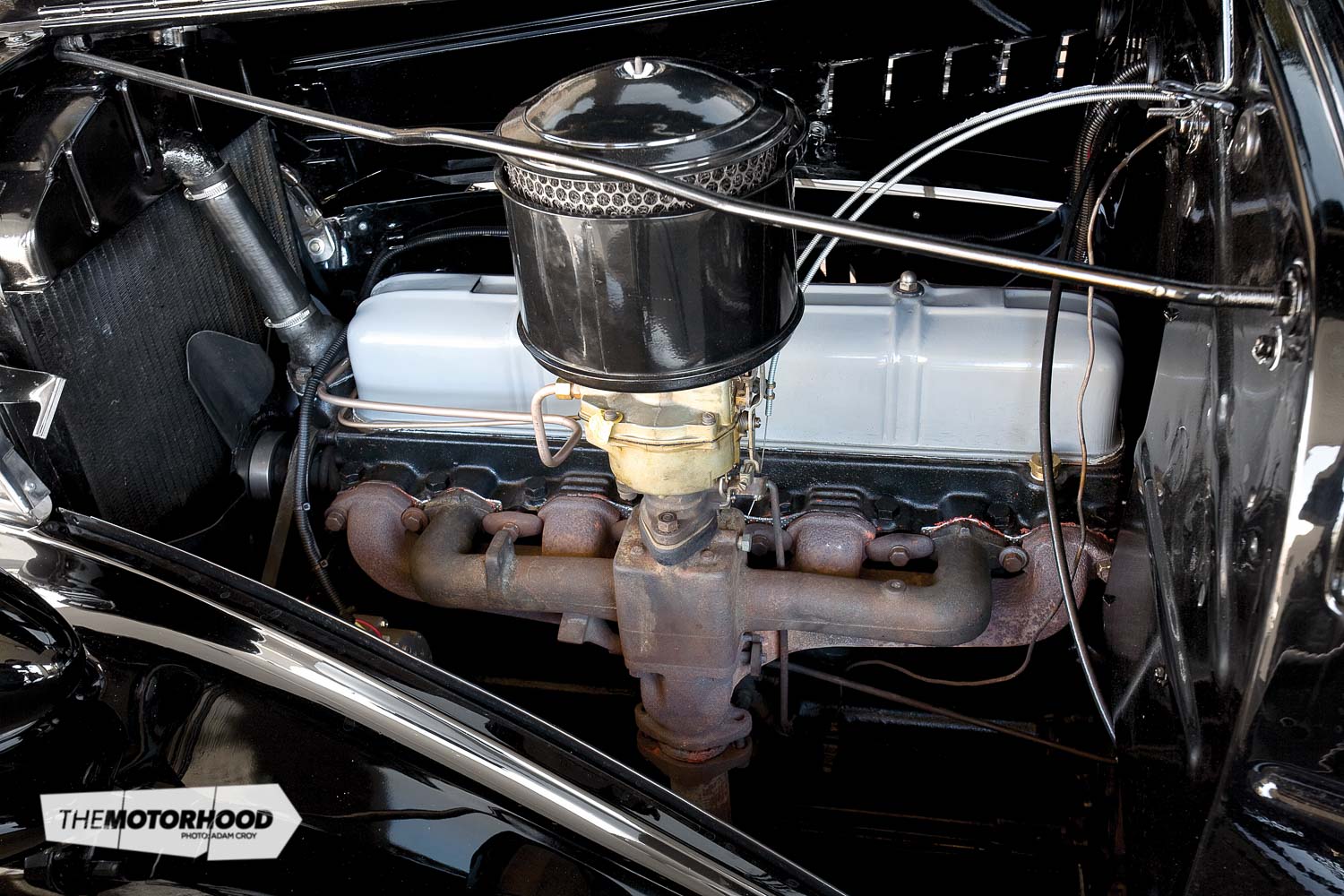
Safety and reliability
Under the huge bonnet, the original 3.5-litre, 63kW six-cylinder engine was dismantled, and all the external parts were powder coated to look as original as possible, as well as keeping the engine durable and easy to clean. Even after a couple of hundred thousand miles the internal engine components were absolutely perfect, so the engine was re-assembled, totally in line with the original brief of keeping the vehicle as authentic as possible.
The engine now purrs beautifully, just as it came off the factory floor. Money was no object, and the hearse could quite easily have been re-powered with a contemporary engine, but originality was the name of the game. The three-speed original transmission was also left stock standard with an extended, modified two-piece driveshaft connecting it to the original differential. Adjustable air suspension was added to adjust ride height.
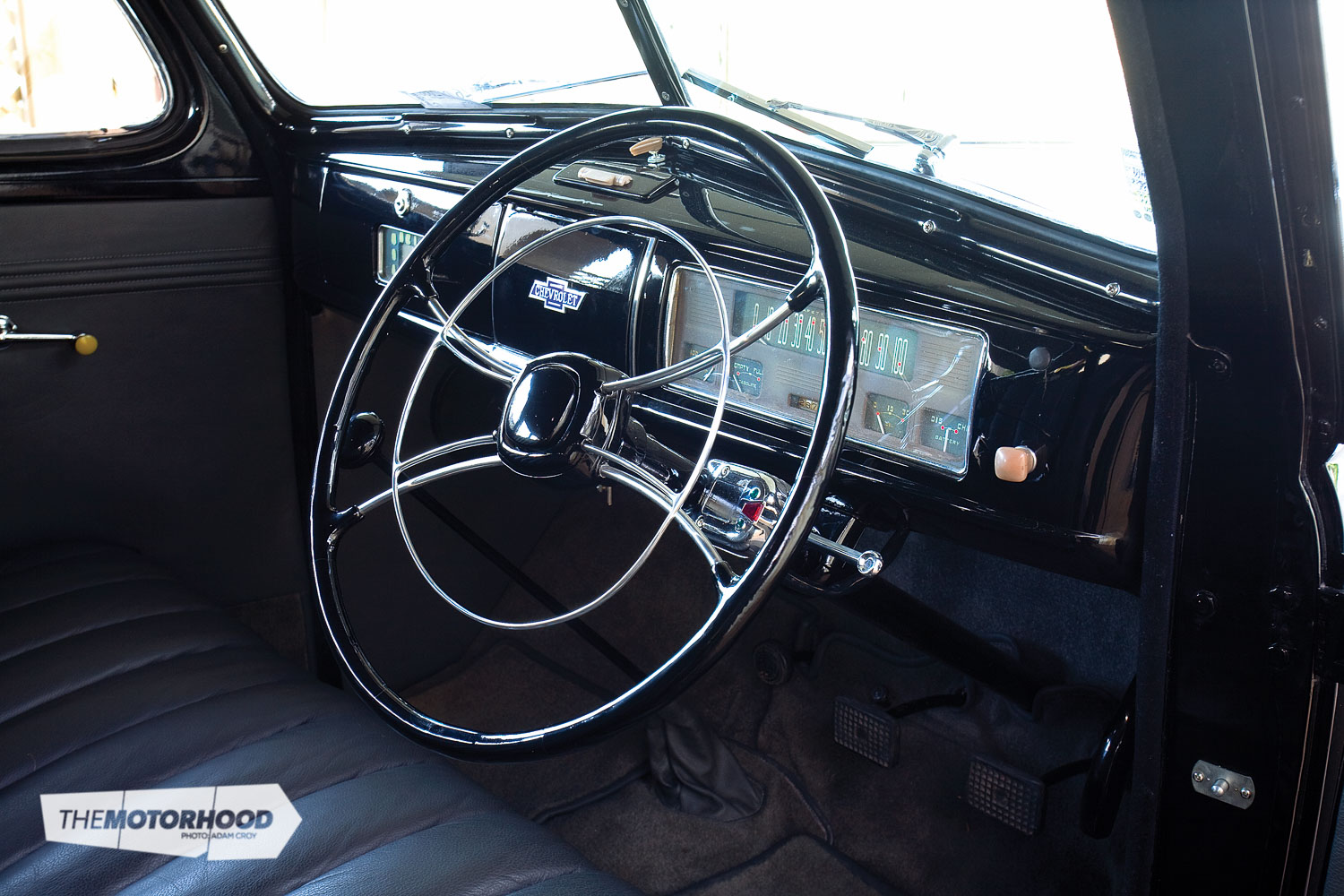
For safety and reliability, the Chevy was converted to a 12-volt system for better lighting and electric wipers. LED lights and modern light switches with modern electrics were all carefully concealed so as not to interfere with the original interior layout. New leather upholstery was put together in fine ’30s style to complete the interior. A secret compartment was also incorporated into the dash to conceal the radio/CD player, and the aerial was concealed to maintain a totally original look. In order to fit the longest casket available the length of the vehicle was increased significantly; not your average restoration shop measurement guide, Mike reckons. Mike’s dad, John, now in his eighties, showed a keen interest in this project right from the start, and made a few visits to The Surgery to inspect progress as the hearse took shape.

Work horse
The completed hearse was delivered to William Cotton & Sons Ltd in March 2008 by Mike and Irene, with a small celebration of family, friends and local dignitaries to mark the occasion.
The Chevrolet looks, sounds and drives like a custom-built vehicle from the ’30s and provides a dignified style unique to the area. Mike tells me the hearse is truly amazing to drive – “It stops traffic everywhere on the road… every car on the road gives way.” I suppose that’s good when you’re driving a hearse. The general consensus upon completion is that it’s difficult to tell the difference between the end product and an original ’30s factory-built hearse, and local vintage car buffs are unable to pick that it was designed and built in 2007 not 1939.
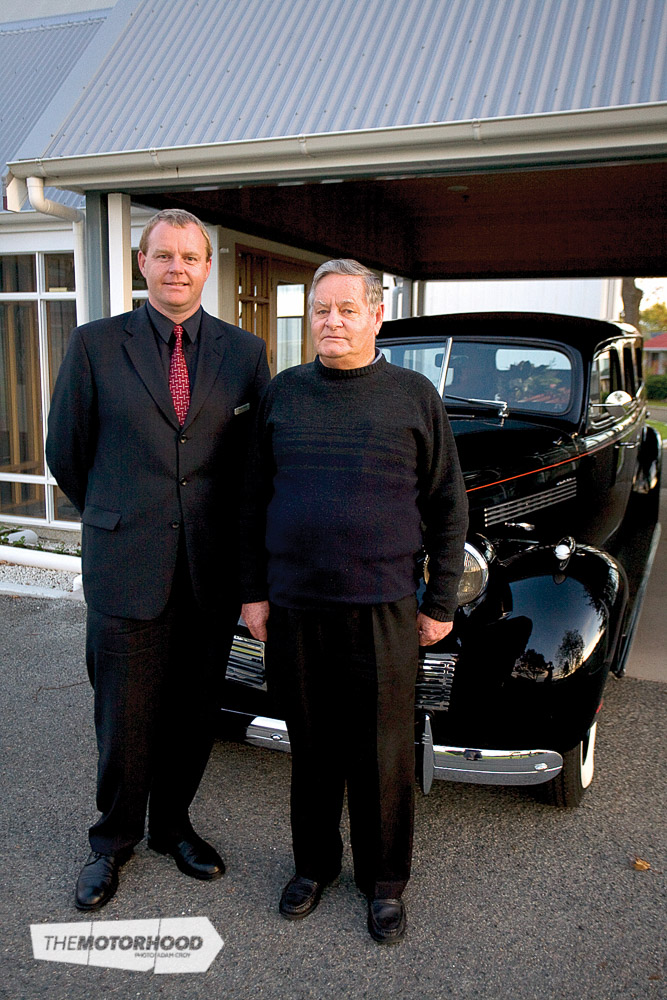
Norman, Jeanette and Shane Cotton have been totally blown away by the end result, and their classic hearse has given them and the business a complete new lease of life. Initially, it was planned that if the old ’39 could handle 25 per cent of the business then it was worthwhile, but that wasn’t to be – the hearse now gets at least 90 per cent of the business from all over the district, and at times has to be rested from service, otherwise it would be used for every single funeral. Actually, the company’s accountant has even suggested the idea of building another, similarly classic hearse, but that may be a little way down the track at this stage. It appears restored, older-looking hearses have become popular around the world.
Many comments have come back from people who recall seeing an old Chevy hearse when it was in service many years ago. They’re pretty sure that this is the hearse that was in some small town in New Zealand back in the ’50s. But when it’s explained that this hearse used to be a car, they usually say something like – “No, not this one, my old dad had his last ride in this hearse in 1950.” That’s a great compliment to Mike and his team at The Surgery – even if no-one believes they built this hearse.
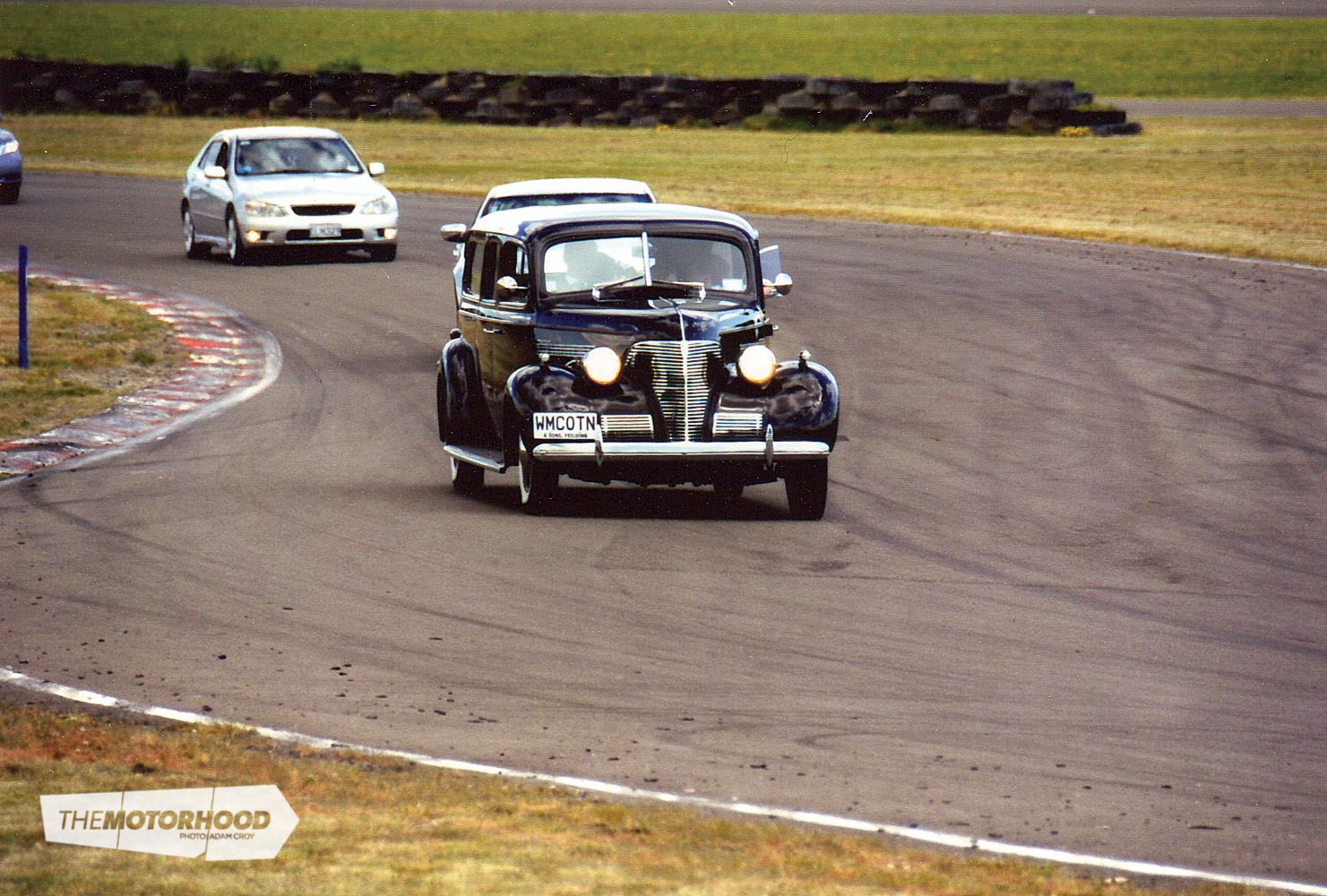
Fast exit
Another little story to add to the above – when local race car driver and trackside marshal, Peter Frecklington, passed away recently, his last wish was to be taken around Manfeild one last time. His wishes were honoured when a local race meeting was interrupted to allow the Chevy hearse onto the track to complete a few laps in his memory – with Peter, for once, riding in the ‘back-seat.’
Now that’s what I call going the extra mile.
This article was originally published in New Zealand Classic Car Issue No. 218. You can pick up a print copy of the magazine below:
